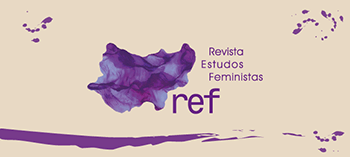The shin-sanba, or medical 'new-midwife' who emerged during the Meiji period (1868-1912) in Japan seems, looked at from the present, to have successfully replaced the 'old-midwife' (kyû-sanba) and the increasingly criminalised 'non-licensed midwife' (mumenkyo-sanba), while midwifery was constantly developing as a modern medical profession. This paper suggests that the history of the midwife during the modern time was more complex than what we see today. First, the emergence and prosperity of shin-sanba were specific to the historical contingencies of modern Japan and the interplay of various groups of historical actors - hygiene officers, sankai (obstetrician-gynaecologists), other midwives, and 'clients'. Second, through the course of the modern period, shin-sanba did not replace other types of midwives and in fact, different kinds of midwives did coexist. Finally, the existence and status of midwives greatly depended upon the laissez faire medical market, and the market's realities often contradicted the medical rhetoric that favoured shin-sanba over other kinds of midwives.
midwives; Japan; Meiji period

